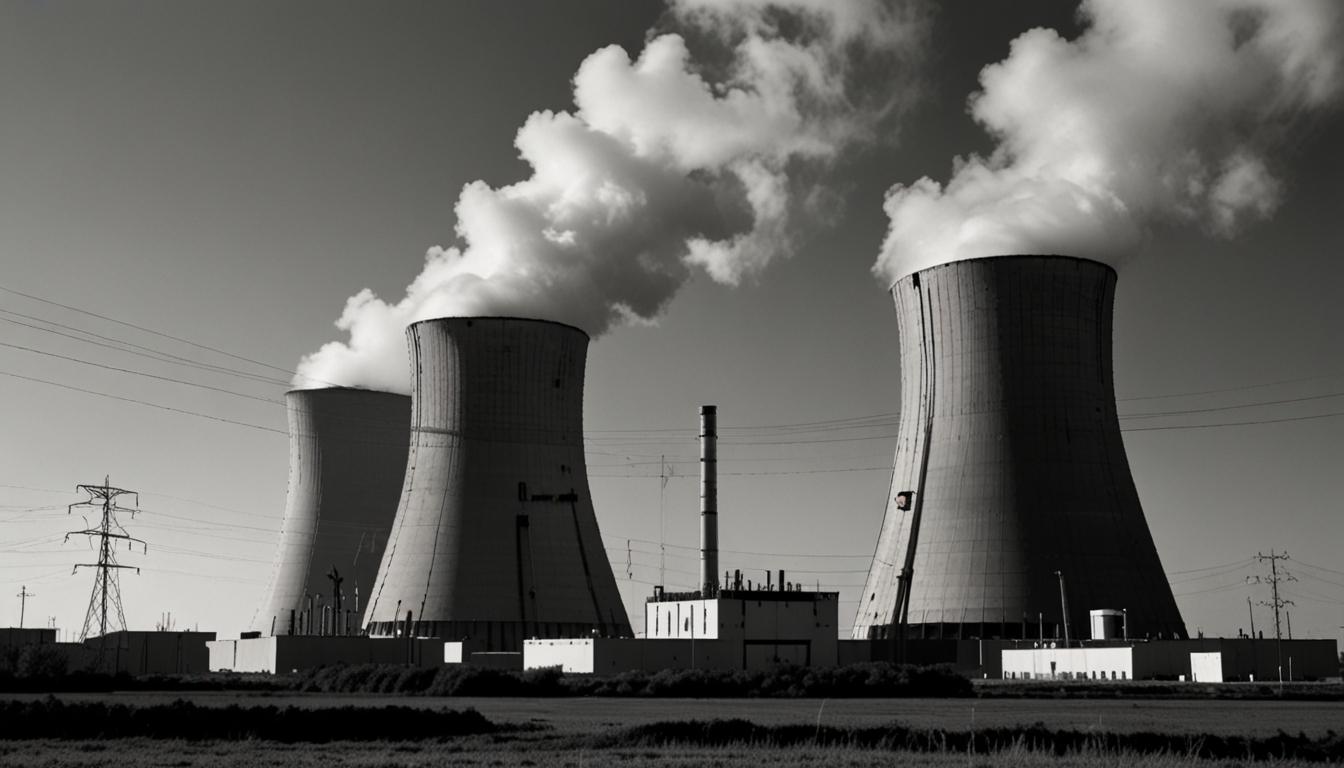An analysis by experts at Charles Sturt University highlights concerns that the federal Opposition’s proposal to build nuclear power plants could impede Australia’s progress towards achieving net zero carbon emissions by 2050. The plan, which involves commissioning seven nuclear power stations and reducing reliance on renewables, could lead to significantly higher carbon emissions compared to the current strategy by the Labor party.
The federal Opposition’s proposal to build nuclear power plants by 2050 has prompted scrutiny from climate and energy experts at Charles Sturt University. According to an analysis conducted by Professor Clive Hamilton, Chair of Public Ethics, and energy expert Dr. George Wilkenfeld, relying on nuclear power could significantly hinder Australia’s efforts to achieve net zero carbon emissions by 2050.
The Coalition plans to commission seven nuclear power stations by 2050 and abandon the government’s 2030 target of reducing emissions by 43% from 2005 levels. Their strategy would involve nuclear plants contributing about 12% of electricity generation by 2050.
The analysis suggests that this plan would lead to higher reliance on gas generation, which could supply up to 39% of total electricity, compared to 2% under the current renewables-focused plan by the Labor party. Renewables would only supply 49% of total electricity, compared to 98% under Labor’s plan, resulting in much higher carbon emissions through 2050.
Professor Hamilton and Dr. Wilkenfeld’s modeling indicates that to meet the net zero goal, four times more nuclear power plants would be needed than what the Coalition has proposed. Their findings, published in Renew Economy, show that emissions from the electricity sector under the Coalition’s plan could be nearly 19 times higher than under Labor’s renewables strategy.
